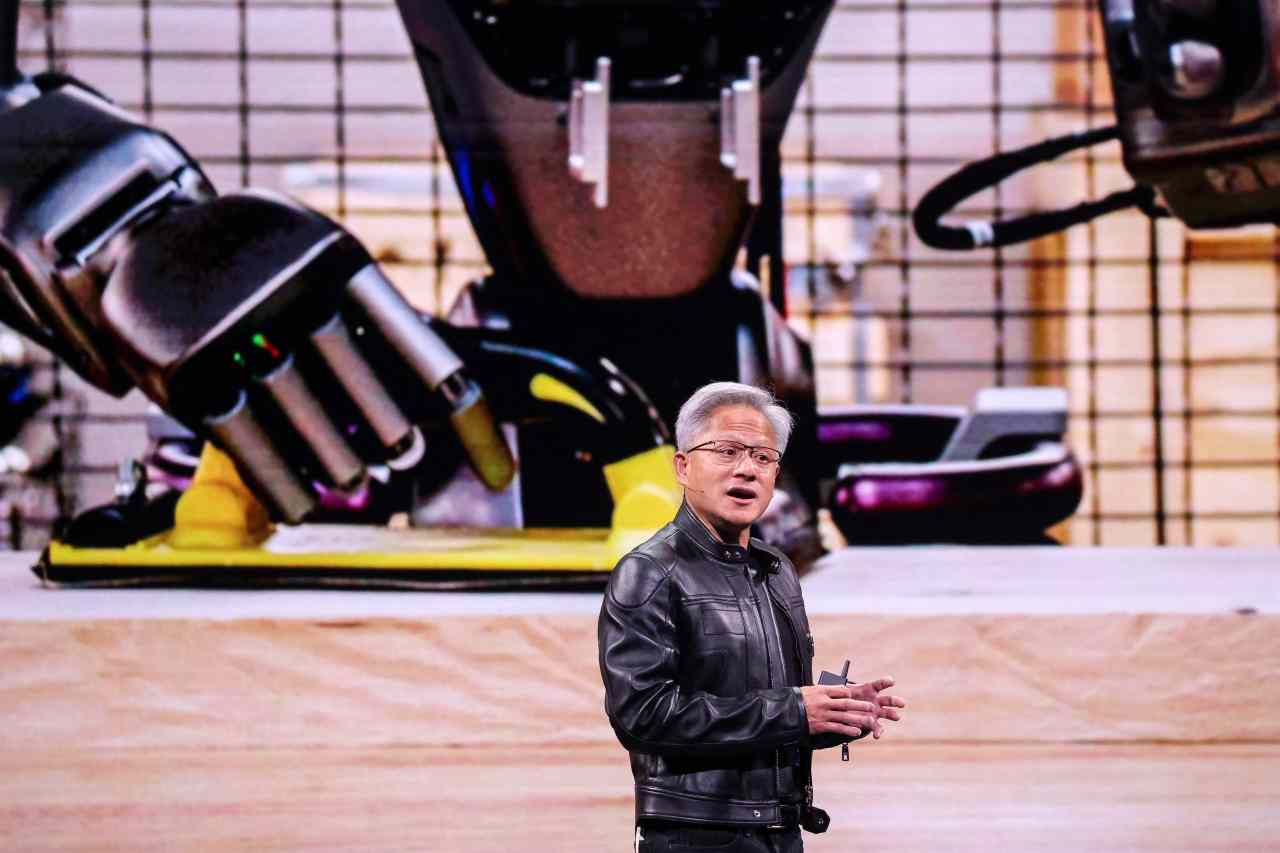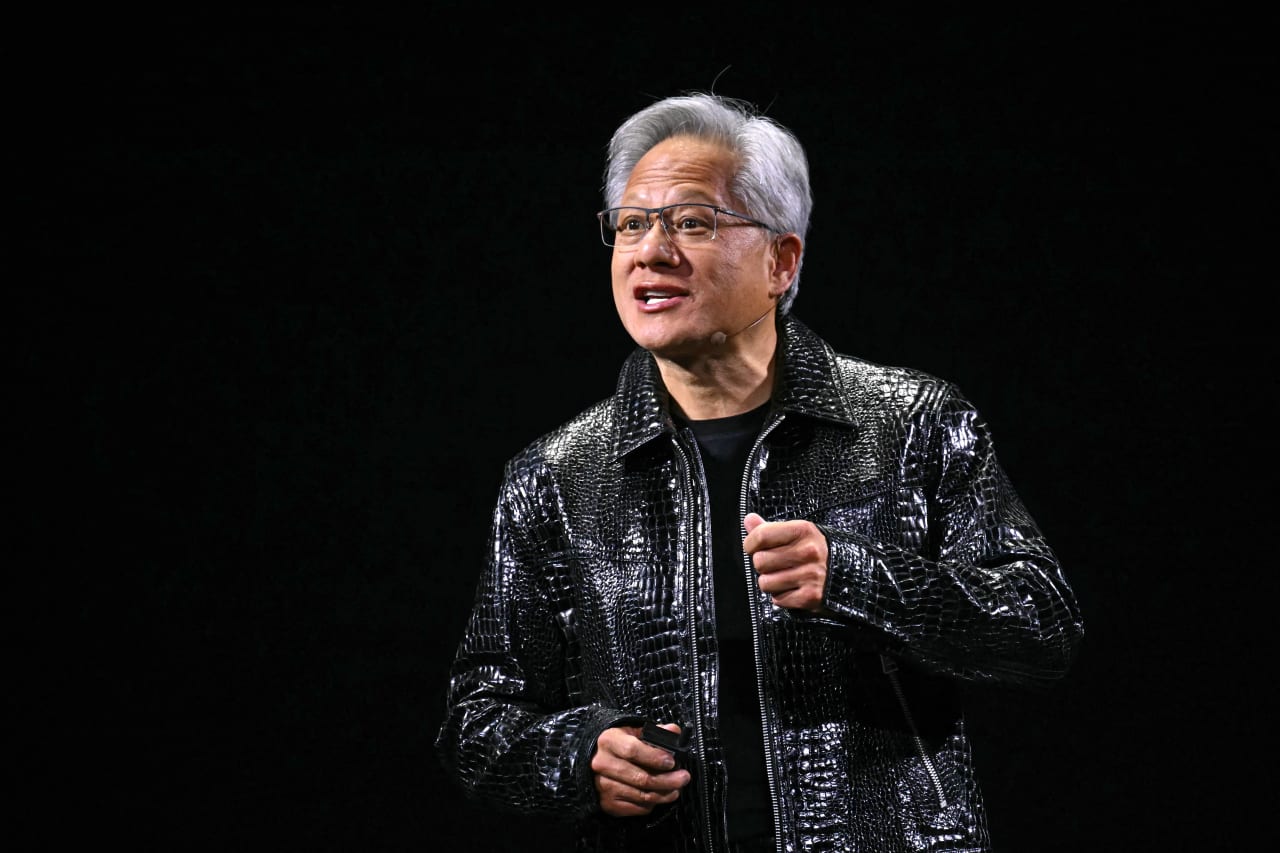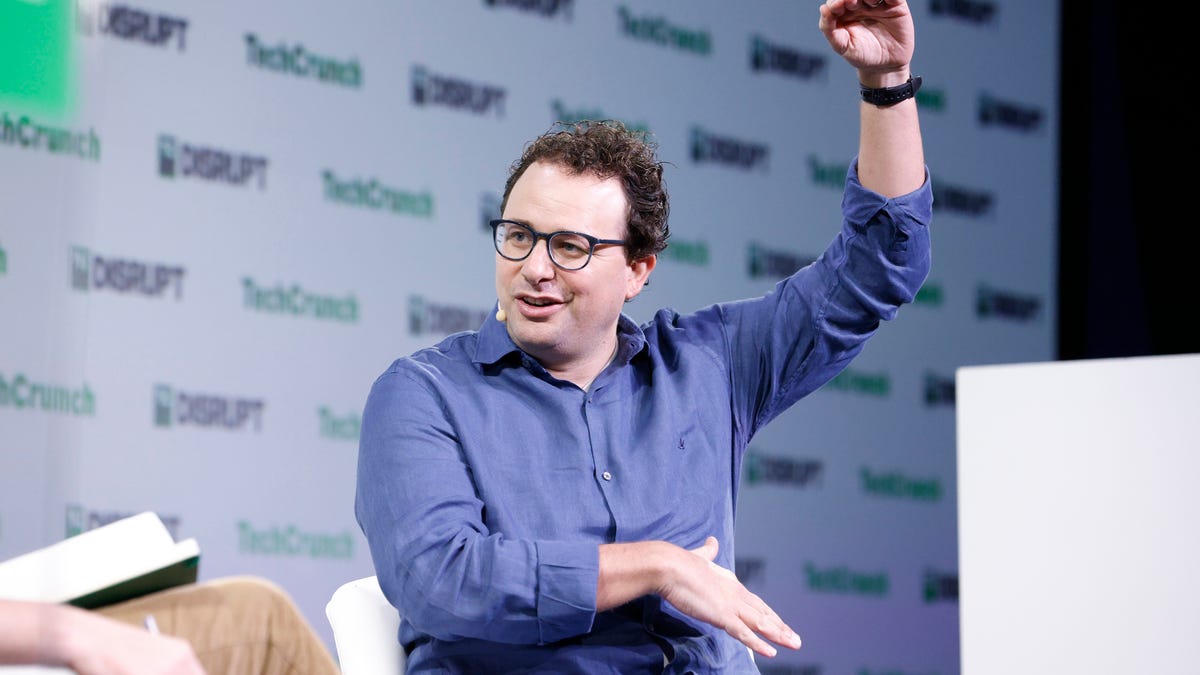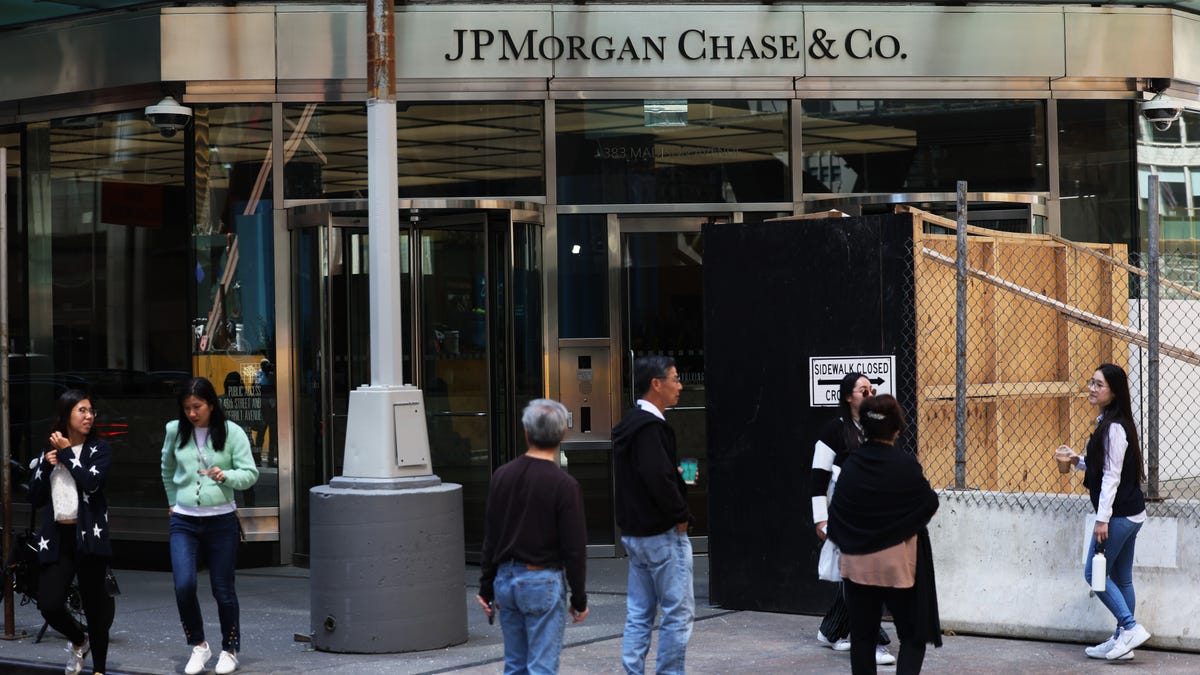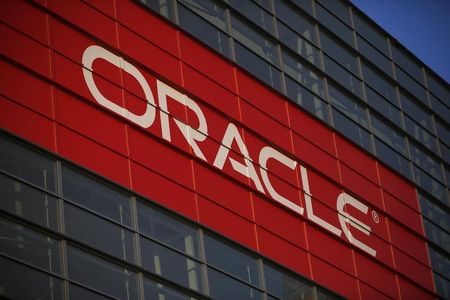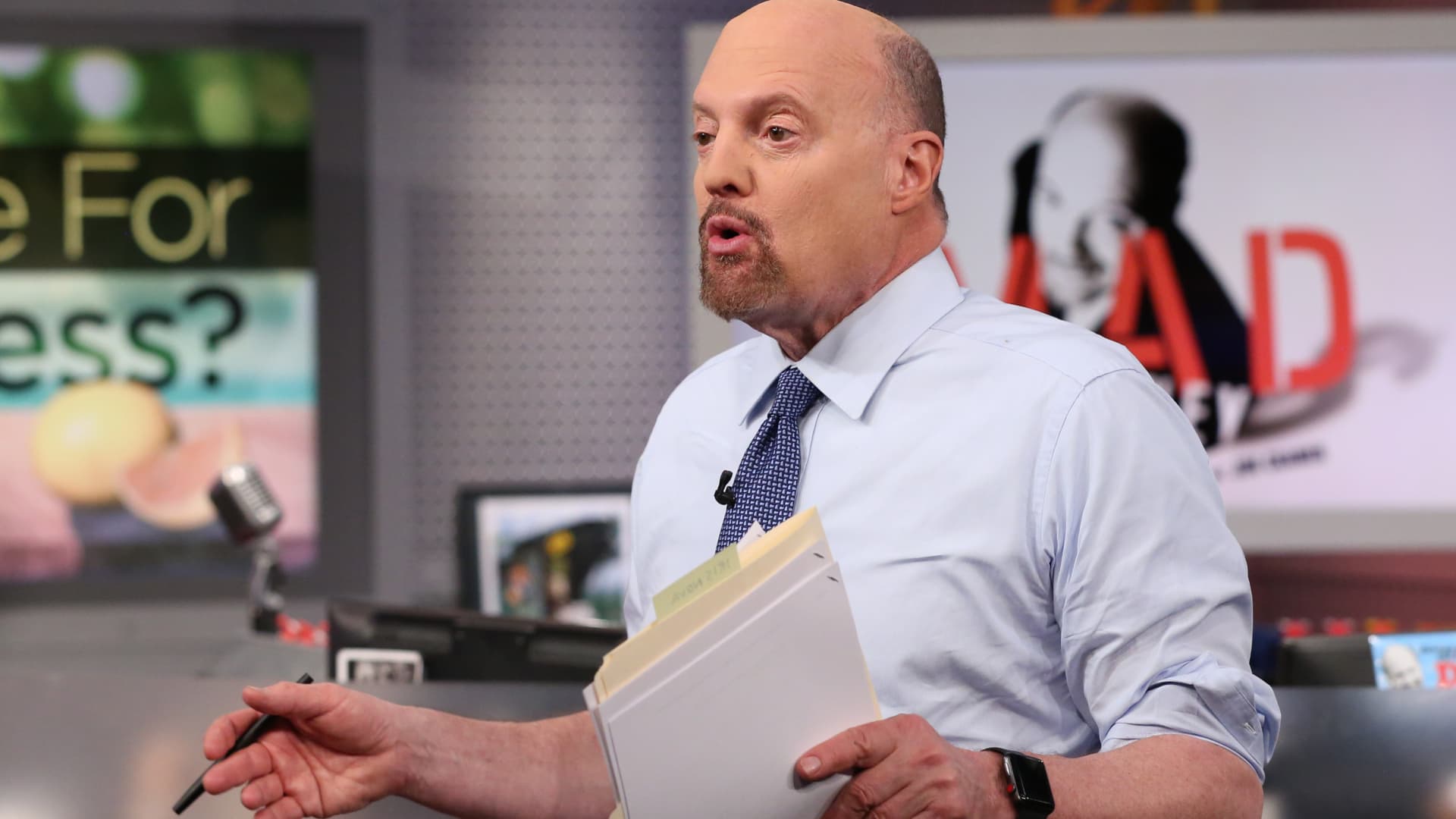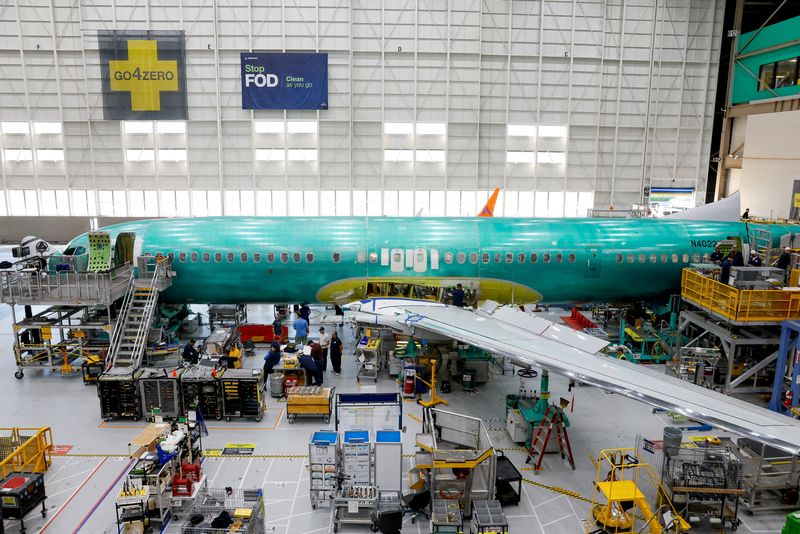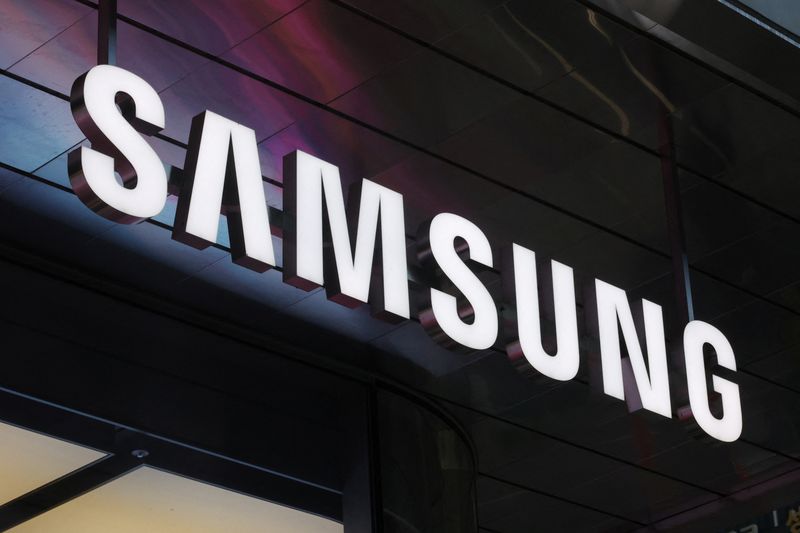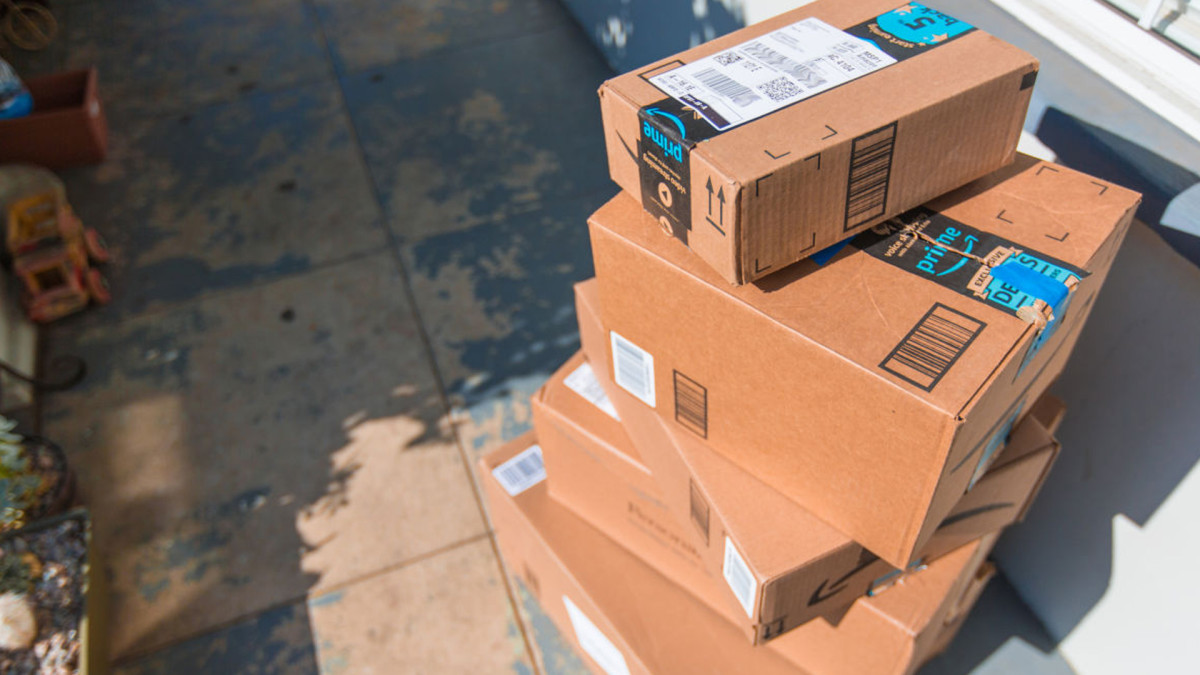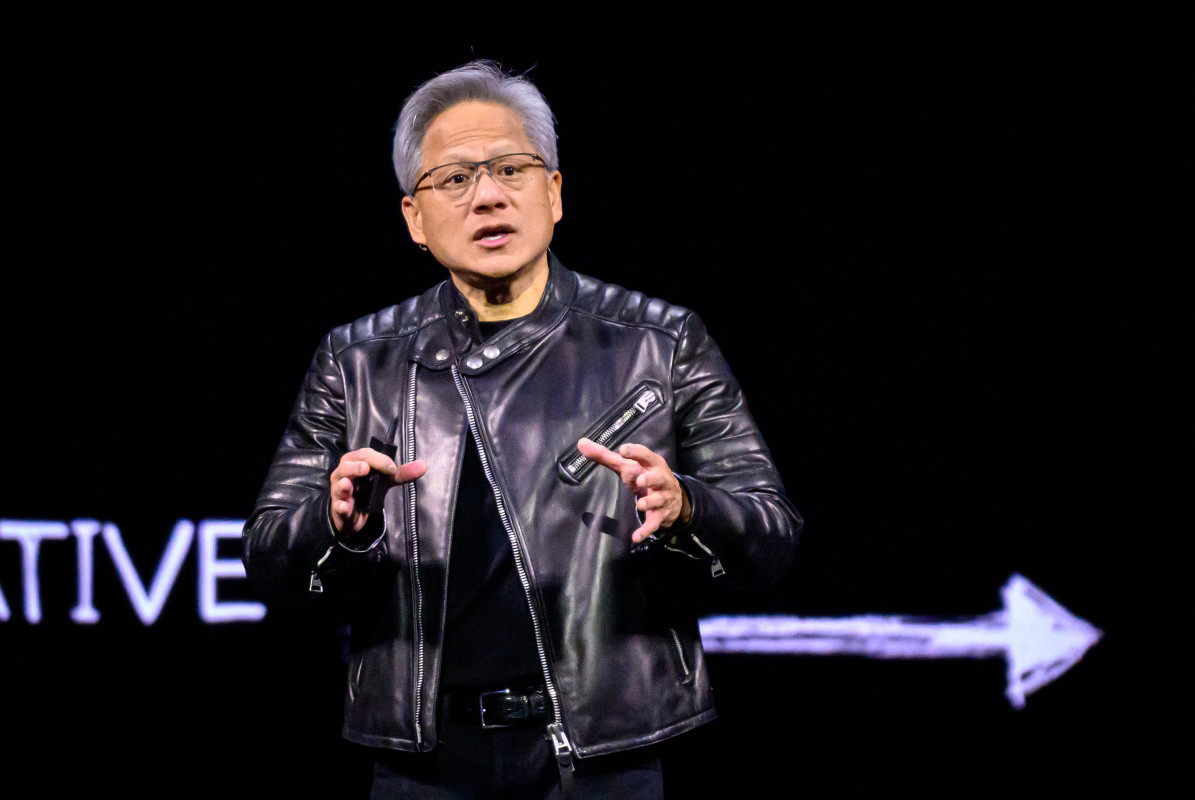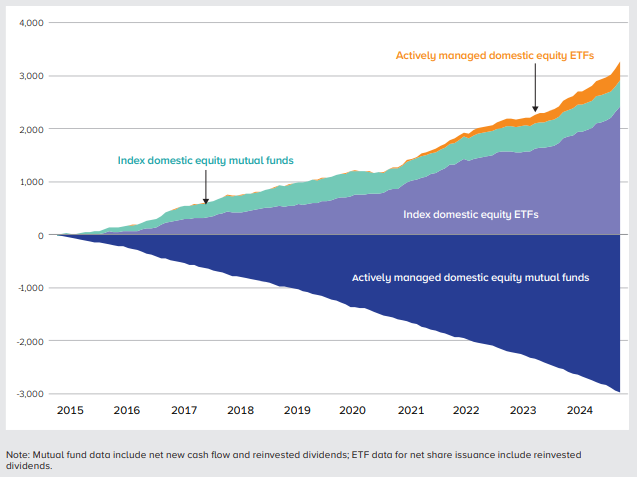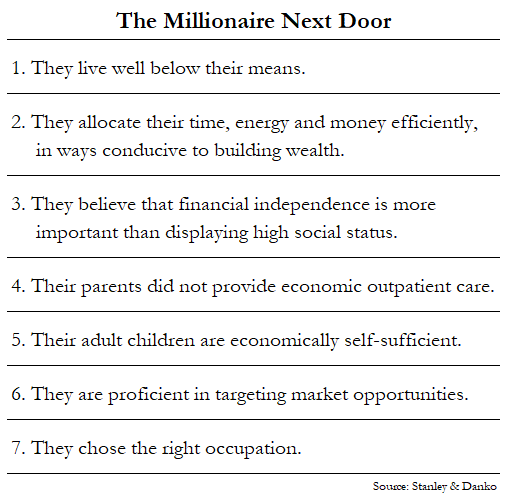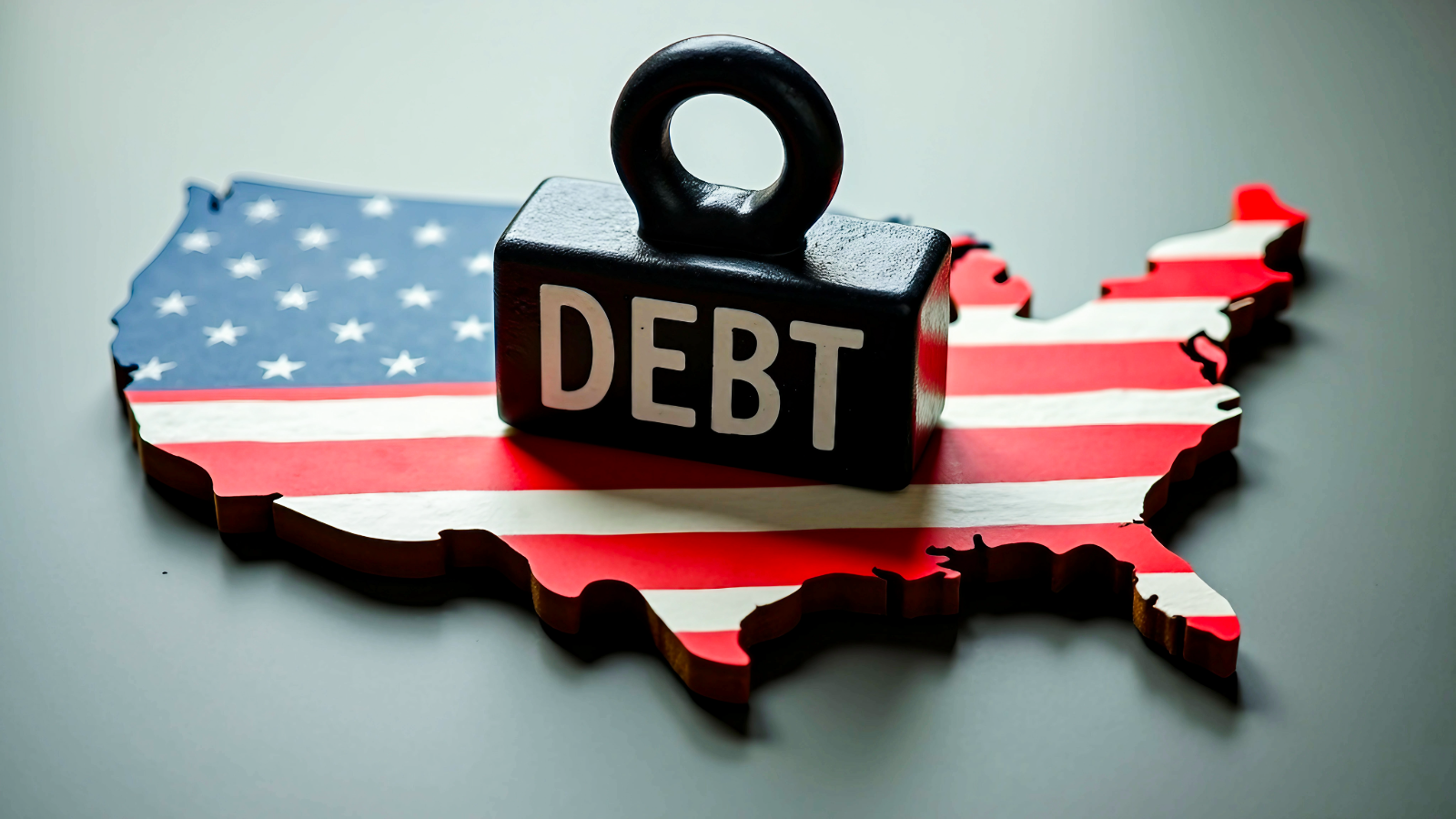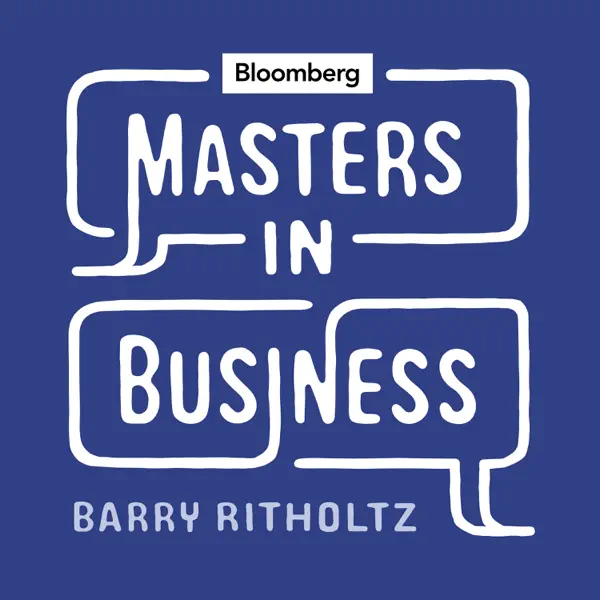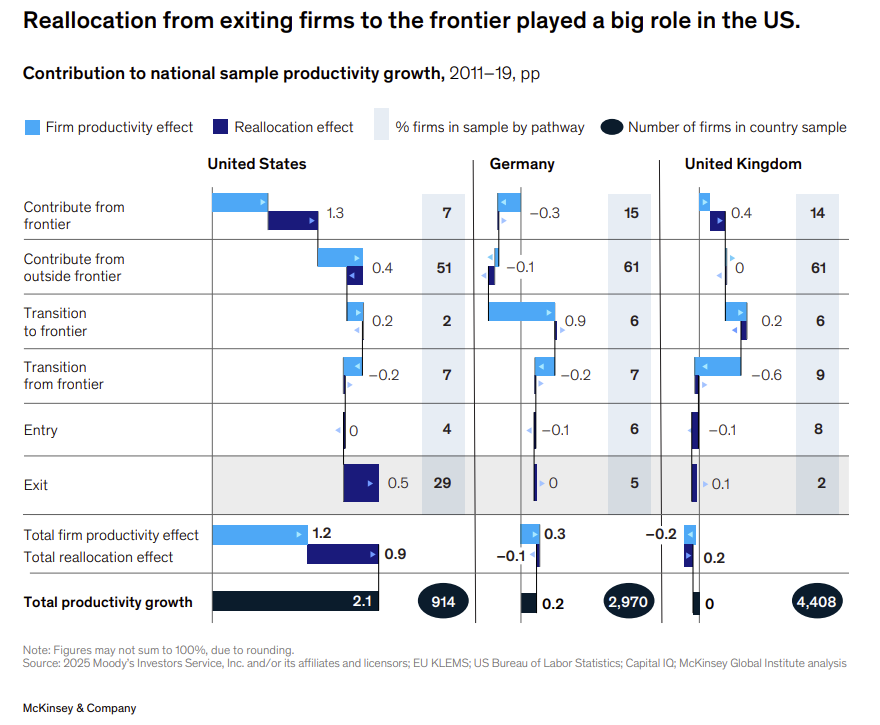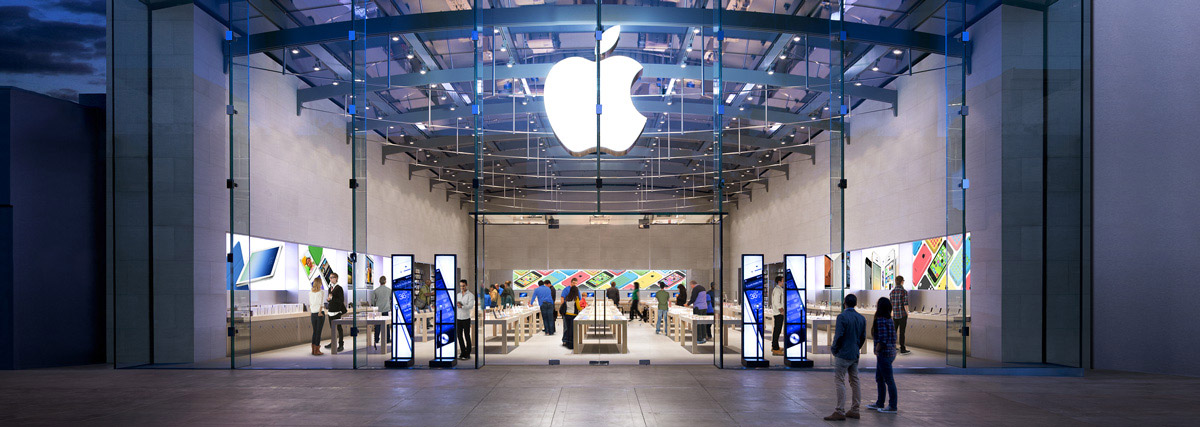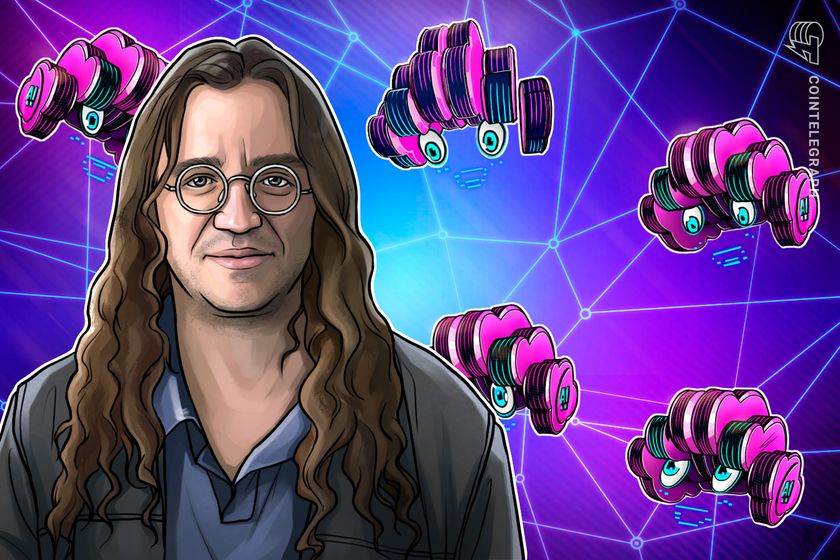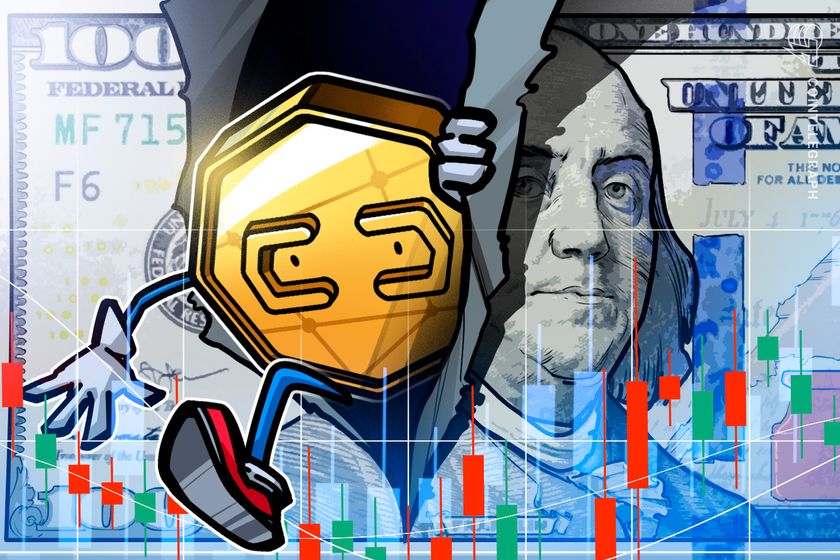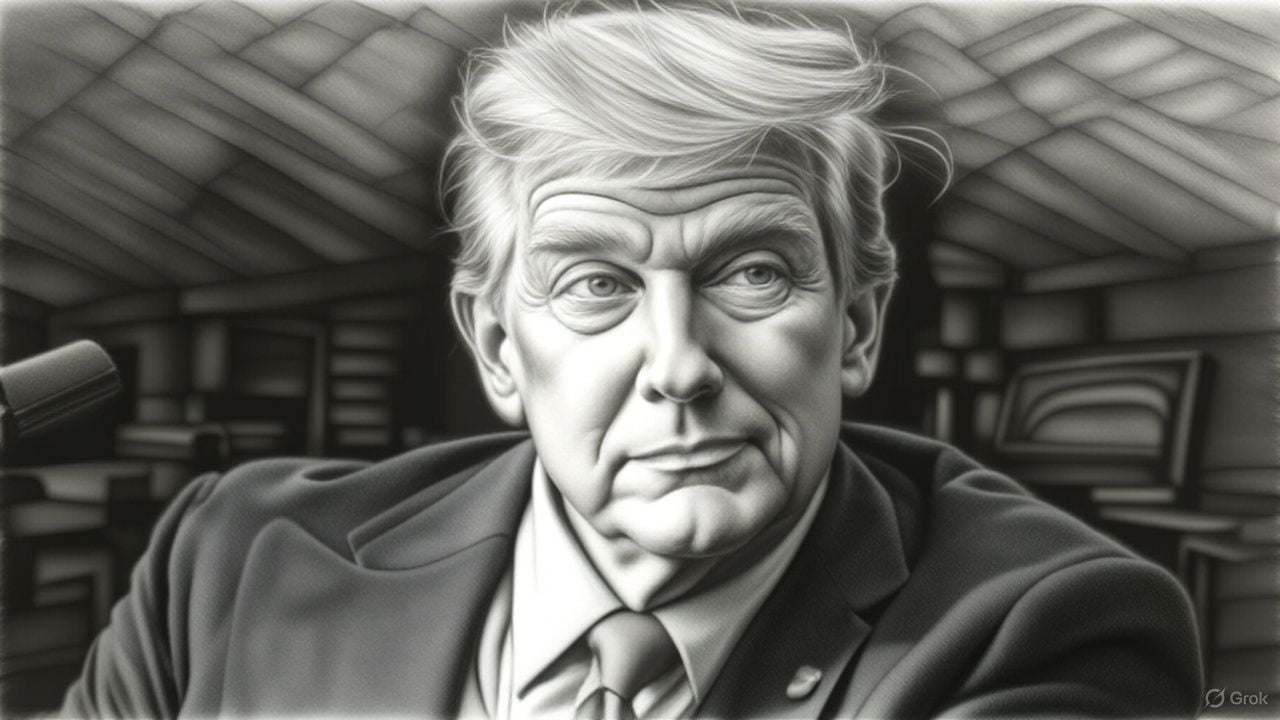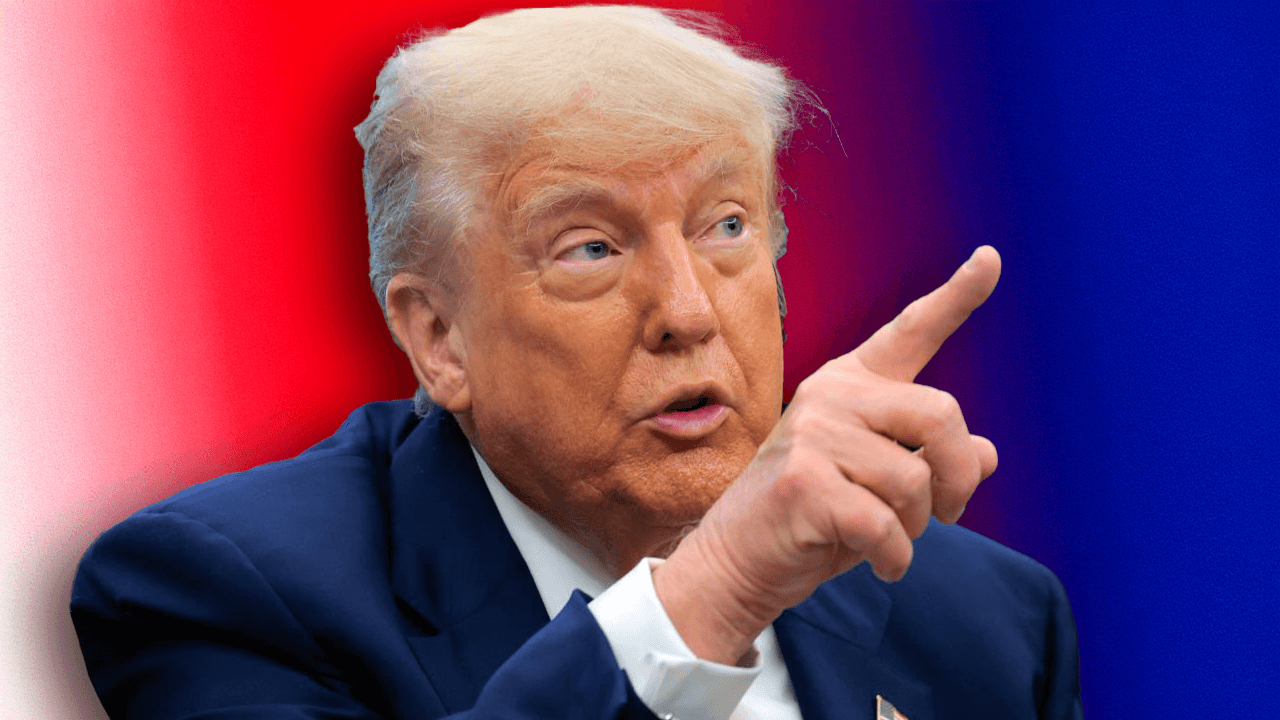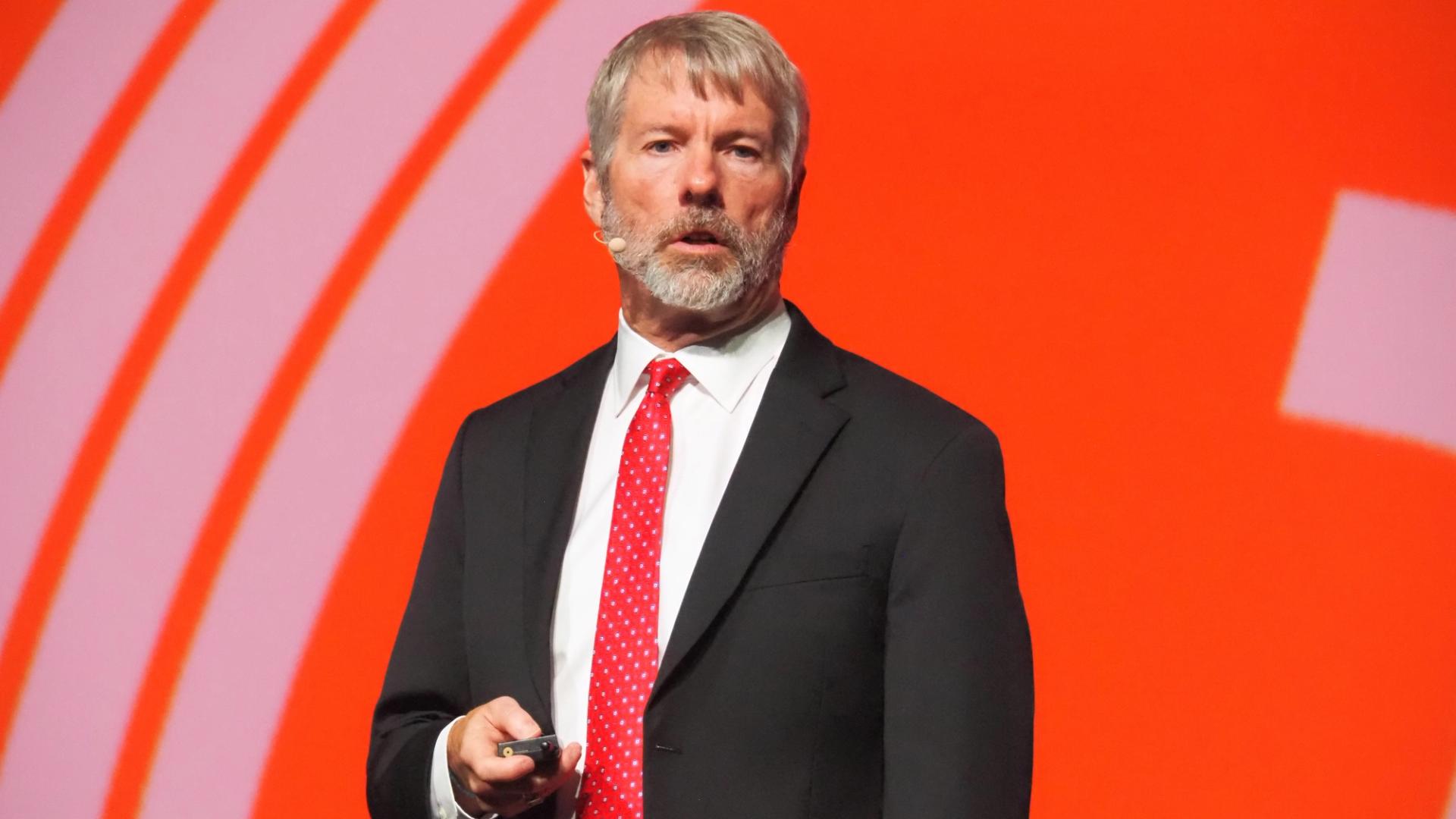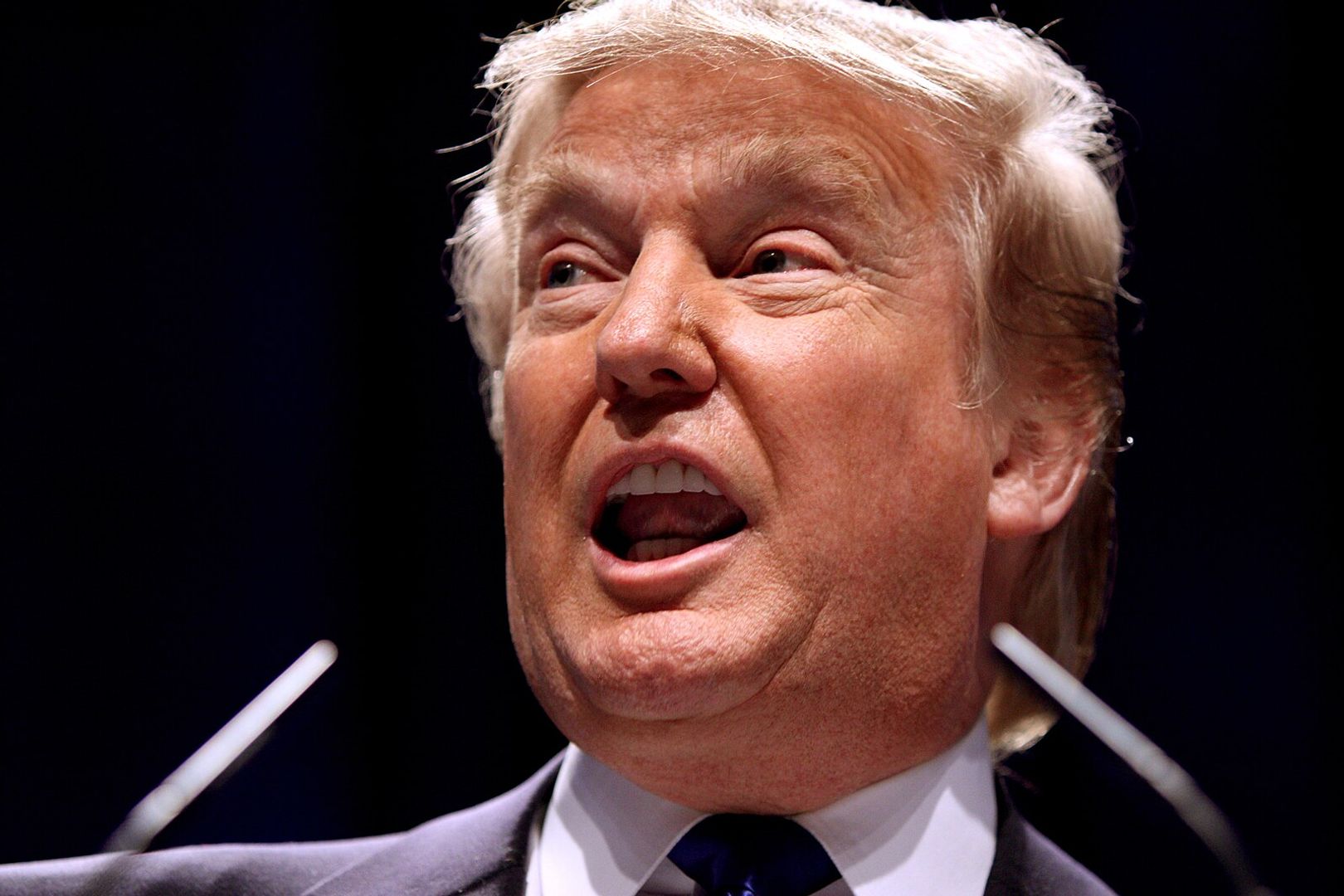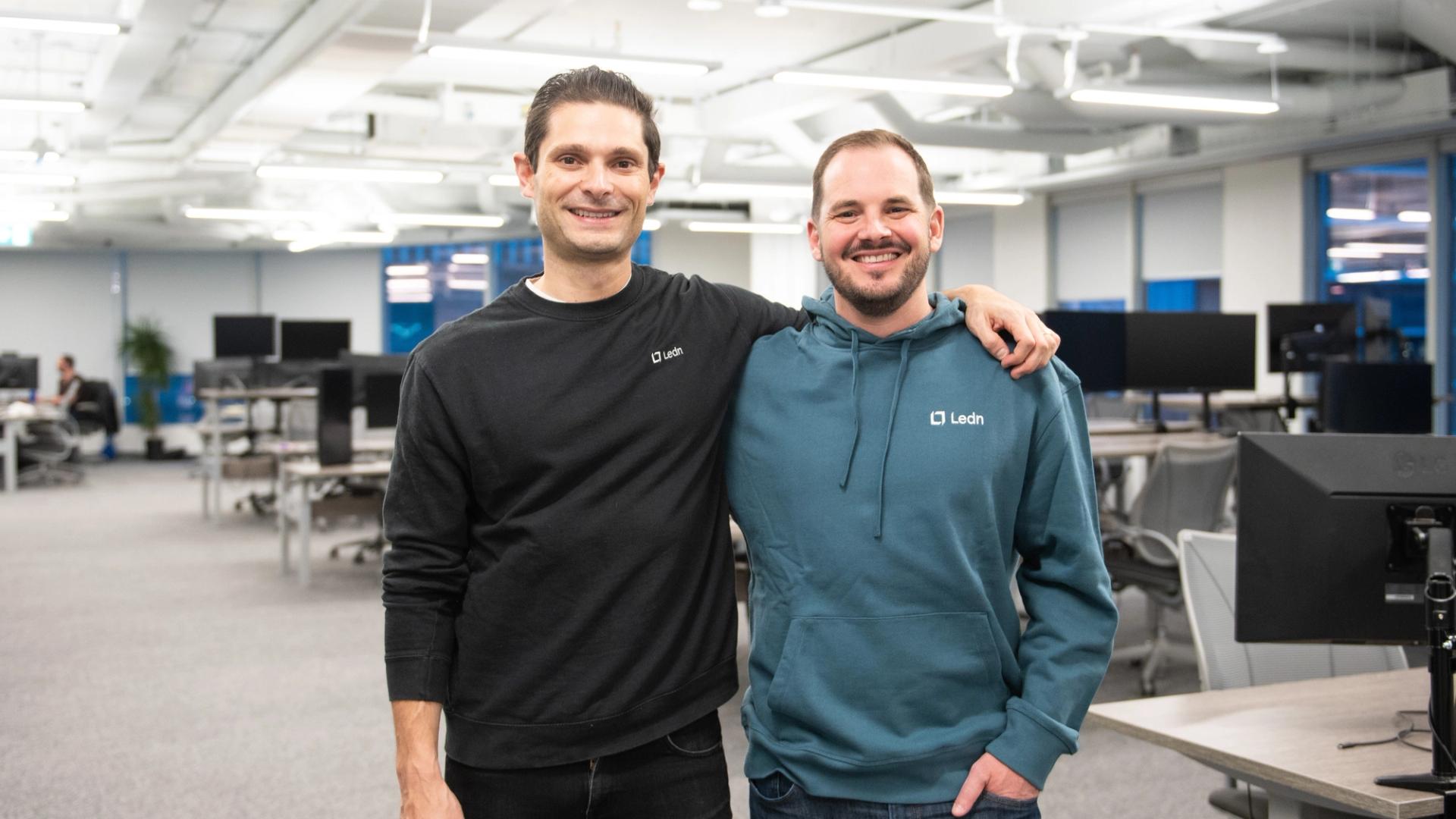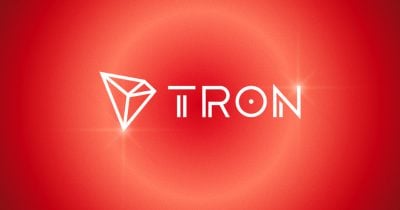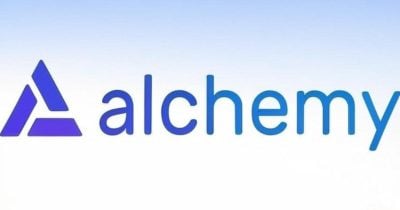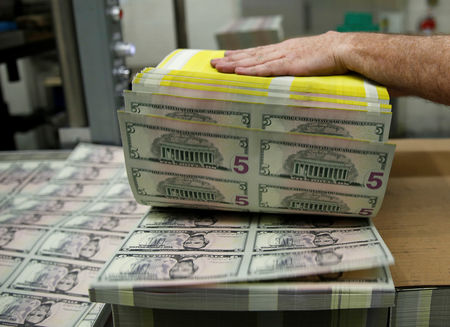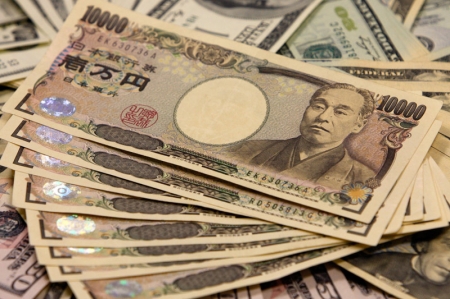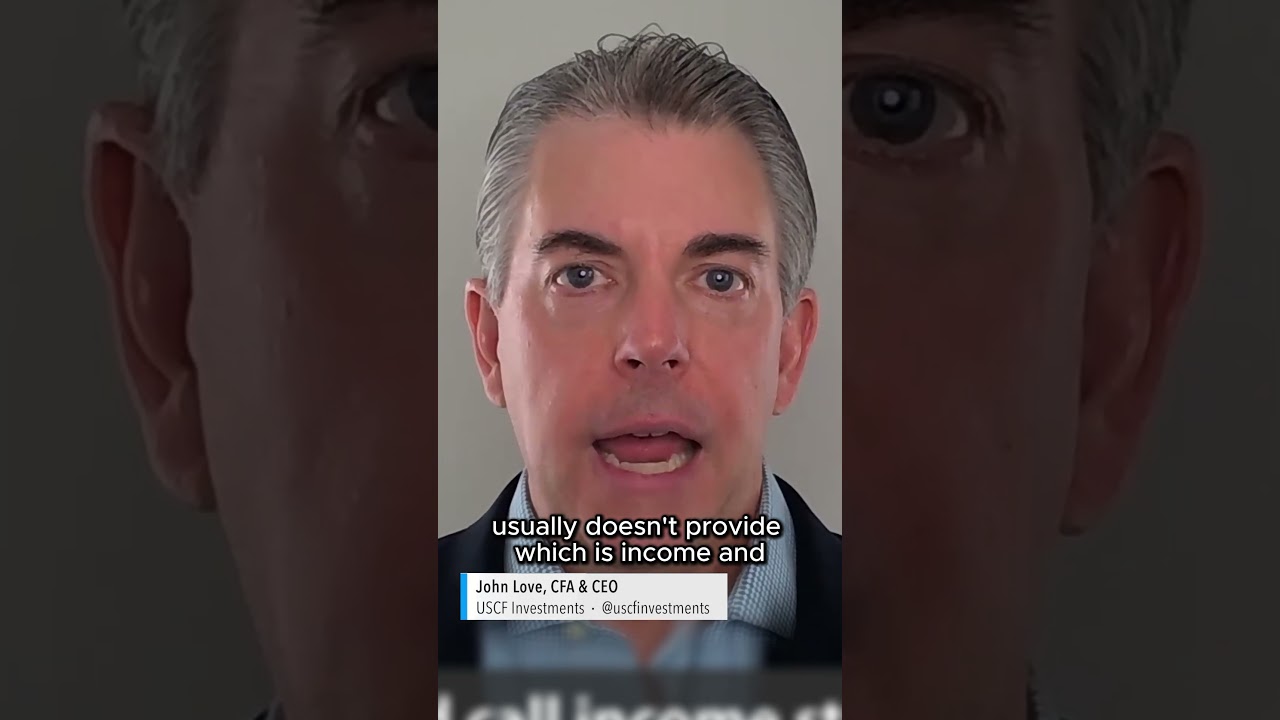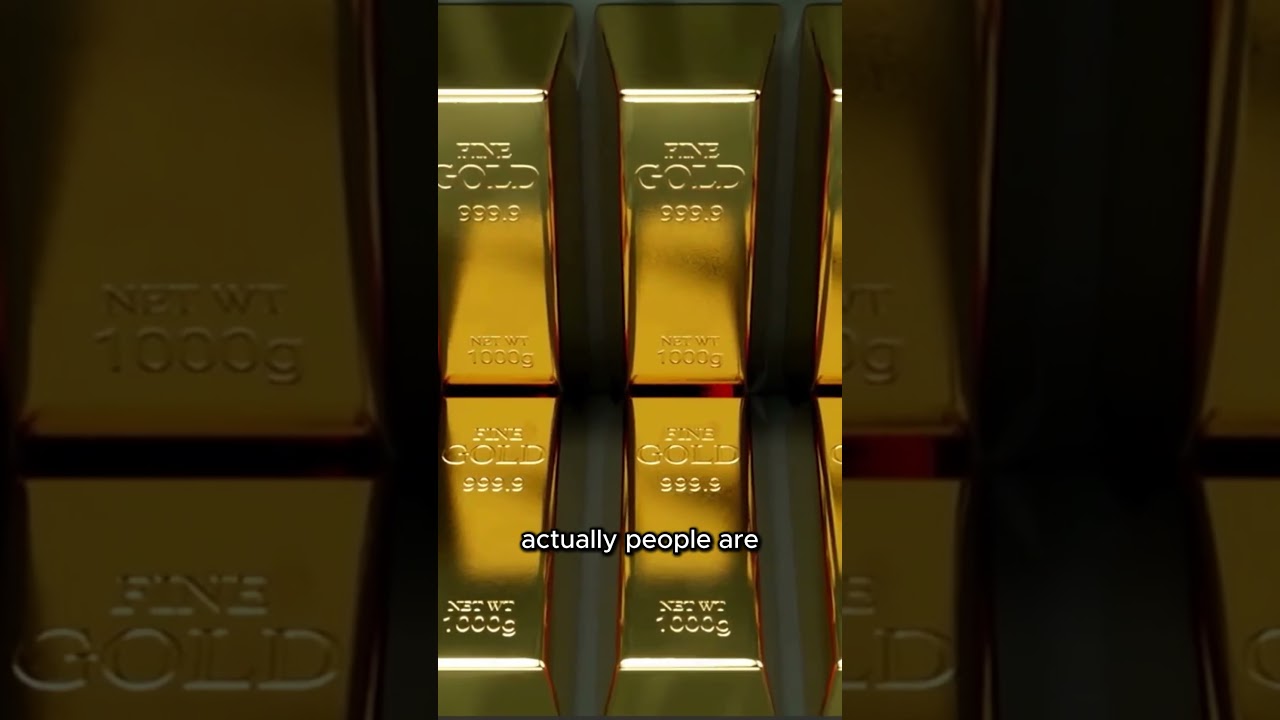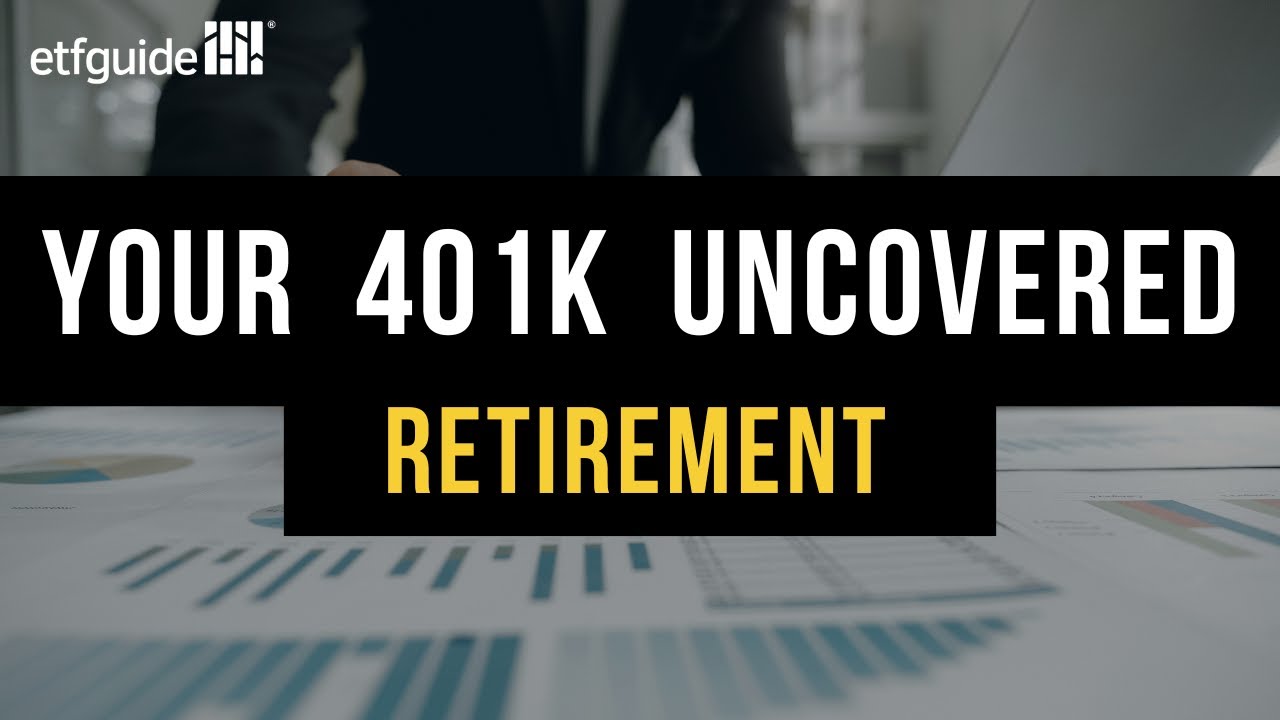Why Lucid is Probably Not The Next Tesla
On June 29, 2010, Tesla Inc. (NASDAQ: TSLA) IPO’d at $17 per share. Fast-forward 15 years, plus a five-for-one and three-for-one split, and Tesla’s stock is trading at just over $341 per share as of this writing — an impressive rise that made a few early investors millionaires. In comparison, shares of Lucid Group Inc. […] The post Why Lucid is Probably Not The Next Tesla appeared first on 24/7 Wall St..
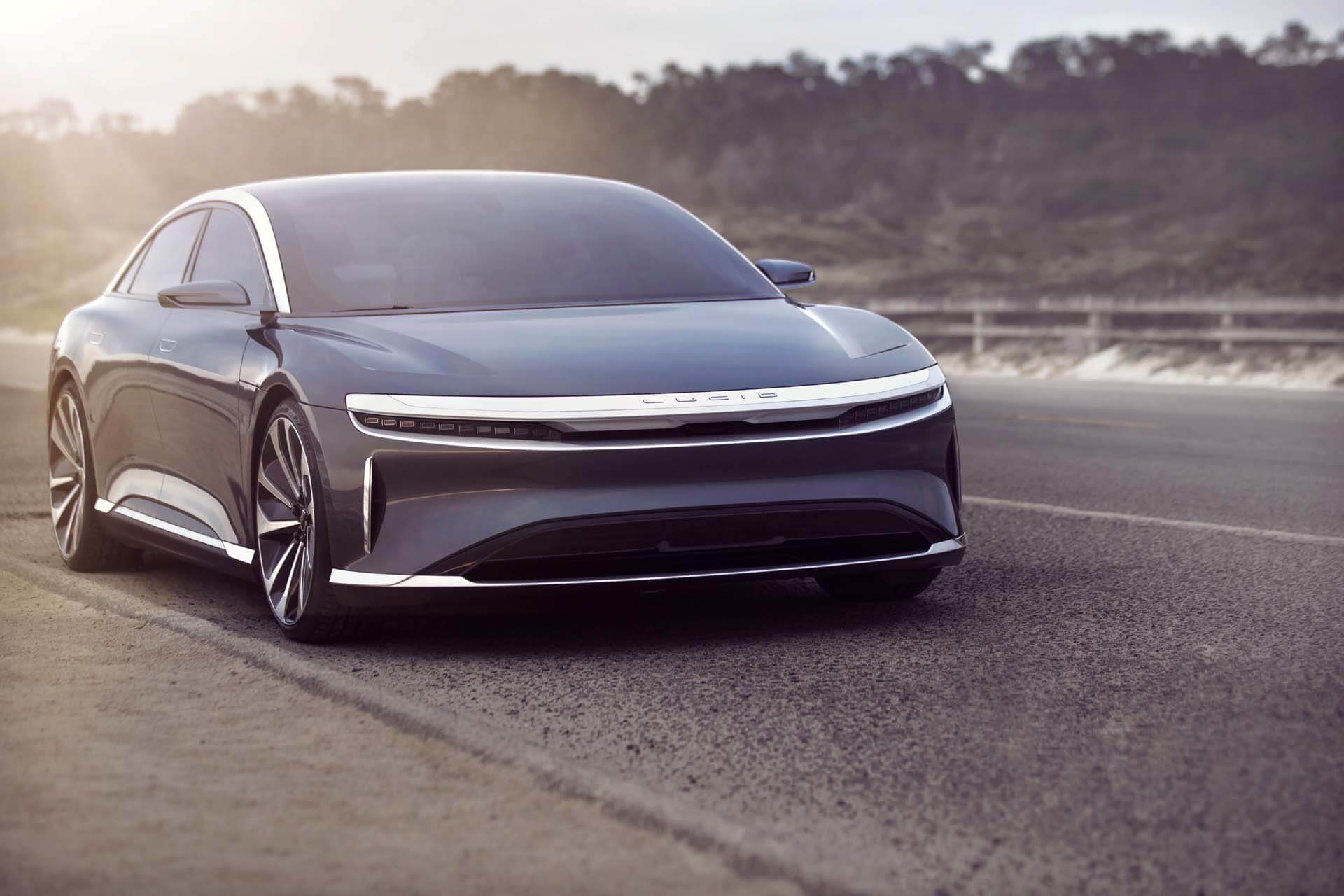
On June 29, 2010, Tesla Inc. (NASDAQ: TSLA) IPO’d at $17 per share. Fast-forward 15 years, plus a five-for-one and three-for-one split, and Tesla’s stock is trading at just over $341 per share as of this writing — an impressive rise that made a few early investors millionaires.
In comparison, shares of Lucid Group Inc. (NASDAQ: LCID) are currently trading at the seemingly bargain price of $2.66 per share. So, will it experience a similar rise and create the next group of millionaire EV investors? It’s possible, but unlikely. Here’s why.
Key Points
-
Tesla’s strength lies partially in its early mover advantage.
-
Love him or hate him, Elon Musk is a once-in-a-lifetime visionary CEO.
-
Lucid has struggled to make headway since 2007, and a changing regulatory environment won’t help.
-
Are you ahead, or behind on retirement? SmartAsset’s free tool can match you with a financial advisor in minutes to help you answer that today. Each advisor has been carefully vetted, and must act in your best interests. Don’t waste another minute; get started by clicking here.(Sponsor)
The Early Mover Advantage
Some brands define the market, and they achieve this by introducing “revolutionary products.” For example, while it wasn’t the first company to create a cell phone or smartphone, Apple Inc. dominated the market when it released the iPhone in 2007. Now, people’s minds often associate the term “smartphone” with the iPhone.
Similarly, Tesla wasn’t the first car company to release an electric vehicle — EVs have been around since the 1830s — but it was the first to use lithium-ion batteries in a production car and make it capable of traveling over 200 miles per charge. Thus, when Tesla released its high-performance Roadster in 2008, it proved that EVs could be a practical and desirable status symbol.
Then, when it released the Model S in 2012, it proved that EVs could be fun, luxurious, and more than just eco-friendly. Today, “electric vehicle” is often associated with “Tesla.”
Plus, when the Model S was released, there wasn’t anything like it on the market. The closest competitors were not luxury sedans like the Model S but Nissan’s Leaf and Chevrolet’s Volt PHEV. That lack of competition allowed Tesla to define the luxury EV space.
Like Tesla, Lucid is trying to establish itself as a luxury EV manufacturer. However, unlike Tesla, it faces EV competition from heavy hitters like Mercedes-Benz, BMW, Porsche, Lexus, Tesla, and numerous others.
That competition does two key things: First, it gives customers more options, making it less likely they’ll choose the Lucid Air or Gravity. Second, because Lucid is not seen as a “revolutionary” company or product, it hasn’t received the hype Tesla did.
Pointedly, it’s much harder to establish a name in a saturated market than in an unsaturated one, and this is reflected in sales. According to its latest Q1 report, Lucid delivered 3,109 vehicles for the quarter, while Tesla delivered 336,681 for the same period.
The Visionary Founder and CEO
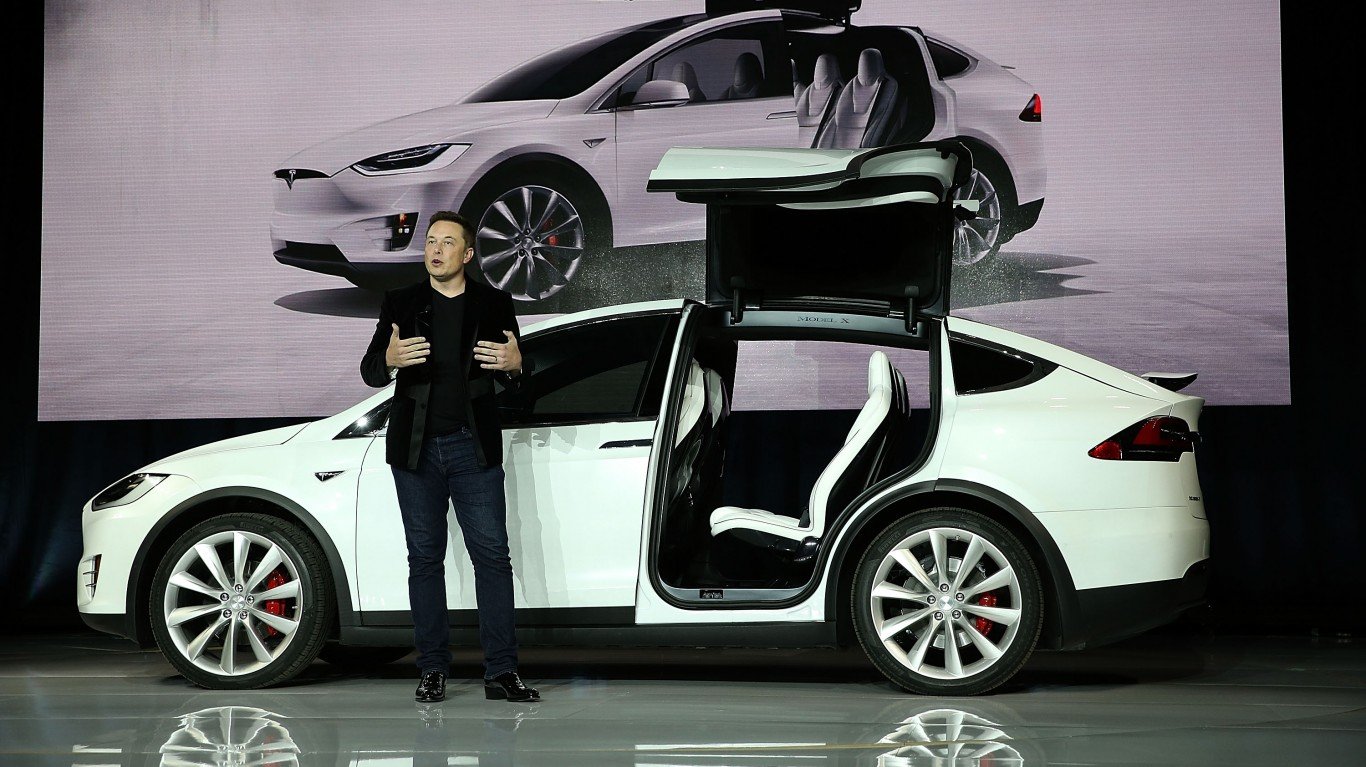
Tesla’s CEO, Elon Musk, is a polarizing figure — and he has been for a while. But he’s also a visionary entrepreneur who had a clear mission when he joined Tesla co-founders Martin Eberhard and Marc Tarpenning in 2004, just one year after the company’s 2003 founding (a 2009 lawsuit settlement designated Musk as a Tesla co-founder).
In his 2006 blog post, “The Secret Tesla Motors Master Plan (just between you and me),” Musk said that Tesla would be much more than a car company and would also focus on designing renewable energy solutions to “expedite the move from a mine-and-burn hydrocarbon economy towards a solar electric economy.” Since then, Musk’s vision has evolved to include artificial intelligence and self-driving technology.
Further, Musk is known for doing whatever it takes to make his companies succeed. For example, during the Model 3 production ramp-up in 2017, Musk lived at the Tesla factory, sleeping on a couch or under his desk so that his employees could see him and be motivated to “give it their all.”
That passion and dedication allowed him to attract top talent and investment and push the company past hurdles many thought were insurmountable.
In contrast, Lucid’s CEO Peter Rawlinson, who served until February of this year, comes from a more traditional background. Coming from Tesla, Rawlinson joined Lucid as its Chief Technology Officer in 2013 and was appointed CEO in 2019. He also stepped down shortly after the company posted a fourth-quarter net loss of $397 million and an annual net loss of $2.714 billion..
Following Rawlinson’s departure, Marc Winterhoff, Lucid’s Chief Operating Officer, stepped in as interim CEO. On its website, Lucid states that Winterhoff maintains his COO responsibilities but will oversee the company’s strategy and execution until a new CEO is appointed.
The barriers to entry in automotive manufacturing are incredibly high and include significant research and development costs, factory construction, complex engineering and manufacturing, regulatory hurdles, and more. A CEO who believed in a bigger mission was paramount to Tesla’s success.
Lucid Past, Present, and Future
It’s tempting to consider Lucid a startup because it still has many startup characteristics like rapid innovation and ambitious growth goals. However, it was founded in 2007, just four years after Tesla.
In 2024: Lucid delivered 10,241 vehicles, while Tesla delivered almost 1.8 million; Lucid reported a net loss of $2.714 billion; while Tesla’s reported net income was $7.13 billion; overall growth at Tesla allowed it to generally fund itself, while Lucid relied on cash infusions from companies like Ayar Third Investment Company to help it overcome production hurdles and offset slowing EV demand.
Of further concern for investors is the fact that the regulatory environment that helped Tesla in its early days has changed drastically under the Trump administration.
Because EVs are generally more expensive, and the government wanted to drive adoption rates, in 2009, the Obama administration implemented an up to $7,500 federal tax credit for EV purchases.
However, President Trump’s “One Big, Beautiful Bill ” includes a provision to kill the federal EV tax credit, and the Trump administration has also proposed increasing registration fees for EVs and hybrids.
Additionally, the U.S. Senate voted on May 22, 2025, to revoke California’s Clean Air Act waivers and block its 2035 zero-emission vehicle rules, which could generally slow EV market growth and signal a retreat from pushing for increased EV adoption rates. .
Why This Matters
Lucid is a small player trying to make a name for itself in a highly competitive automotive market. While it’s managed to increase its recent vehicle deliveries, it lacks several key things that helped make Tesla the EV success story it is.
More pointedly, Lucid’s financial situation is precarious at best, and the regulatory advantages that benefited Tesla in its early days are quickly disappearing — just as Lucid is trying to scale up production and sales.
The post Why Lucid is Probably Not The Next Tesla appeared first on 24/7 Wall St..
